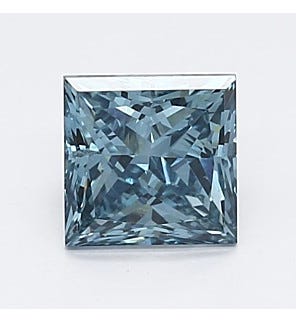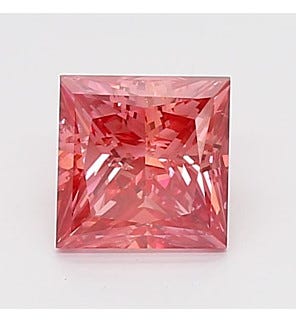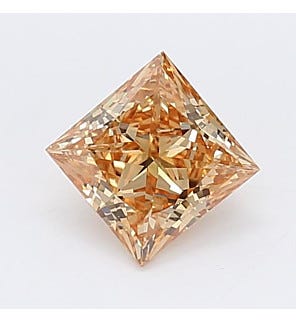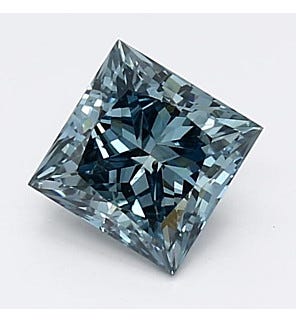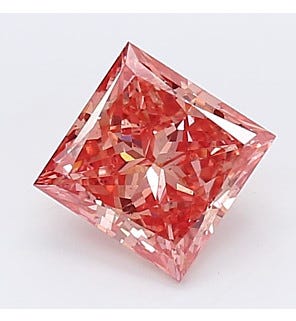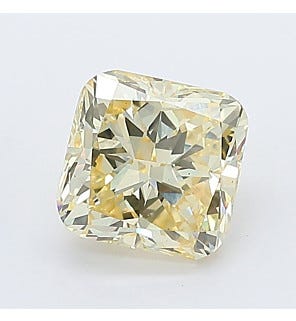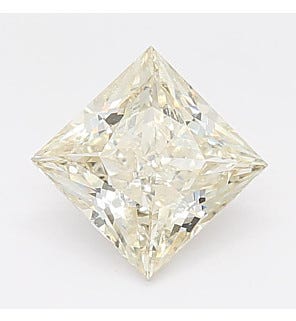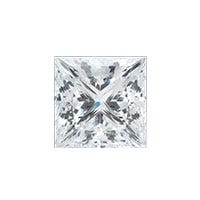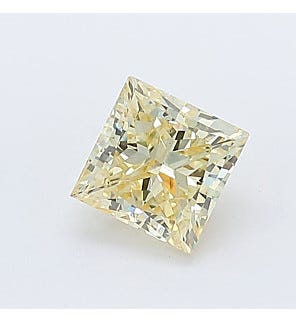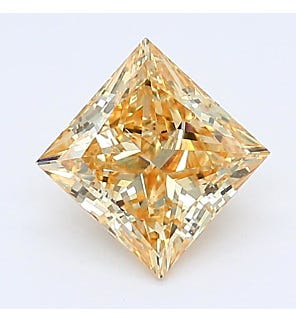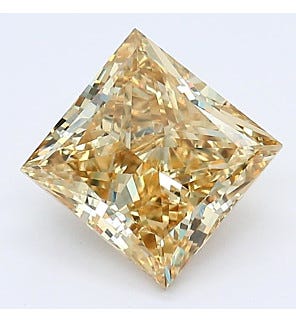As with any diamond shape, a princess-cut diamond's overall quality and value are determined by four factors: cut, clarity, color, and carat (AKA the 4 C’s).
Cut Grade
While the shape of a diamond refers to its physical appearance, the diamond cut refers to how a diamond’s features interact with light. Clean Origin only offers princess-cut diamonds at or above a good cut quality. The four options are good, very good, excellent, or ideal.
While there is not an official GIA rating for princess-cut diamonds, we provide a rating system for every princess-cut diamond to help you determine how well it shines.
Clarity Grades
Clarity refers to the number of inclusions and blemishes in a particular stone. Each princess-cut diamond will have a different amount of these flaws, ranging from SI2 (having the largest amount) to VVS1 (having the least). While princess-cut diamonds hide imperfections better than round diamonds, be sure that your stone passes the “eye test.” You should not be able to spot any flaws when you examine the stone yourself.
Color Grades
Color refers to the absence of color in a diamond. Diamond experts can grade a diamond's color and value using an alphabetic scale starting at D (completely colorless) and ending at Z (noticeably yellow). Clean Origin only offers diamonds from D through J on the scale. The choice of color in a diamond is very subjective. In any case, remember that princess diamonds can hide some color but are not capable of disguising it all.
Carat Weight
Carat refers to the weight of the diamond, though purchasers often think of carats in terms of size. One of the best assets of princess-cut diamonds is that they usually cost less than other stones due to the number of rough diamonds they use. Plus, when you purchase a lab grown princess diamond, you can save an additional 20-30%. This means you can buy the diamond that will sweep your loved one off their feet without wiping out your bank account.

